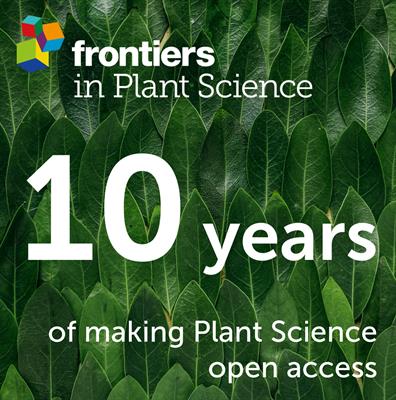Post-heading dry-matter transport and nutrient uptake differentiate hybrid and inbred indica rice in the double-cropping system in South China
IF 4.1
2区 生物学
Q1 PLANT SCIENCES
引用次数: 0
Abstract
IntroductionHybrid rice demonstrated superior performance in enhancing yield and efficiency in rice production compared to inbred rice. Nevertheless, the underlying mechanism responsible for the increased yield and efficiency of hybrid rice in South China’s double-cropping rice region remains understudied.MethodsField experiments over two consecutive years were conducted. Firstly, yield variations among 20 inbred and 15 hybrid rice cultivars prevalent in South China’s double-cropping rice system were examined. Secondly, selecting representative hybrid and inbred rice cultivars with significant yield disparities were carried out on further analyzing dry-matter production, source-sink relationships, and nutrient absorption and utilization in both rice types.ResultsHybrid rice displayed an average grain yield of 8.07 and 7.22 t hm华南杂交籼稻和近交籼稻在双季稻制中的发芽后干物质运输和养分吸收差异
引言 与近交系水稻相比,杂交水稻在提高水稻产量和生产效率方面表现优异。方法连续两年进行田间试验。首先,研究了华南双季稻区 20 个近交系水稻品种和 15 个杂交水稻品种的产量差异。结果 杂交水稻早、晚两季平均单产分别为 8.07 吨 hm-2 和 7.22 吨 hm-2,比近交水稻分别增产 12.29% 和 13.75%,差异有统计学意义。与近交系水稻相比,杂交水稻在抽穗期叶片中的氮浓度(15.48-16.20%)、抽穗后干物质积累(52.62-73.21%)、抽穗后干物质转化率(29.23-34.12%)和收获指数(17.31-18.37%)均有所提高。此外,杂交水稻谷粒的氮和磷吸收率分别提高了 11.88-22.50% 和 16.38-19.90%。杂交水稻主要提高了发芽后氮磷的吸收和运输,而没有提高总氮磷的吸收。内部氮和磷的利用效率分别提高了 9.83%-14.31% 和 10.15%-13.66%。发棵后干物质积累、收获指数、籽粒氮磷吸收量、内部氮磷利用效率与籽粒产量呈显著的正线性相关。提高这一时期的光合能力并促进养分向谷粒的运输是提高谷粒产量和效率的关键途径。该研究对进一步提高华南地区双季稻产量、培育高产高效的水稻品种具有重要意义。
本文章由计算机程序翻译,如有差异,请以英文原文为准。
求助全文
约1分钟内获得全文
求助全文
来源期刊

Frontiers in Plant Science
PLANT SCIENCES-
CiteScore
7.30
自引率
14.30%
发文量
4844
审稿时长
14 weeks
期刊介绍:
In an ever changing world, plant science is of the utmost importance for securing the future well-being of humankind. Plants provide oxygen, food, feed, fibers, and building materials. In addition, they are a diverse source of industrial and pharmaceutical chemicals. Plants are centrally important to the health of ecosystems, and their understanding is critical for learning how to manage and maintain a sustainable biosphere. Plant science is extremely interdisciplinary, reaching from agricultural science to paleobotany, and molecular physiology to ecology. It uses the latest developments in computer science, optics, molecular biology and genomics to address challenges in model systems, agricultural crops, and ecosystems. Plant science research inquires into the form, function, development, diversity, reproduction, evolution and uses of both higher and lower plants and their interactions with other organisms throughout the biosphere. Frontiers in Plant Science welcomes outstanding contributions in any field of plant science from basic to applied research, from organismal to molecular studies, from single plant analysis to studies of populations and whole ecosystems, and from molecular to biophysical to computational approaches.
Frontiers in Plant Science publishes articles on the most outstanding discoveries across a wide research spectrum of Plant Science. The mission of Frontiers in Plant Science is to bring all relevant Plant Science areas together on a single platform.
 求助内容:
求助内容: 应助结果提醒方式:
应助结果提醒方式:


